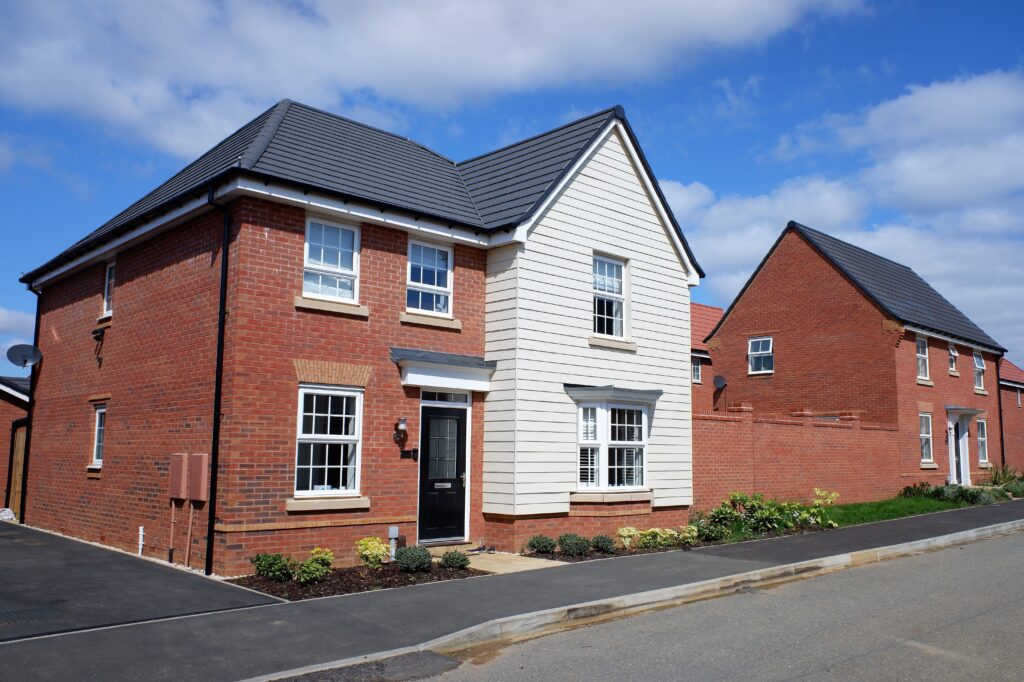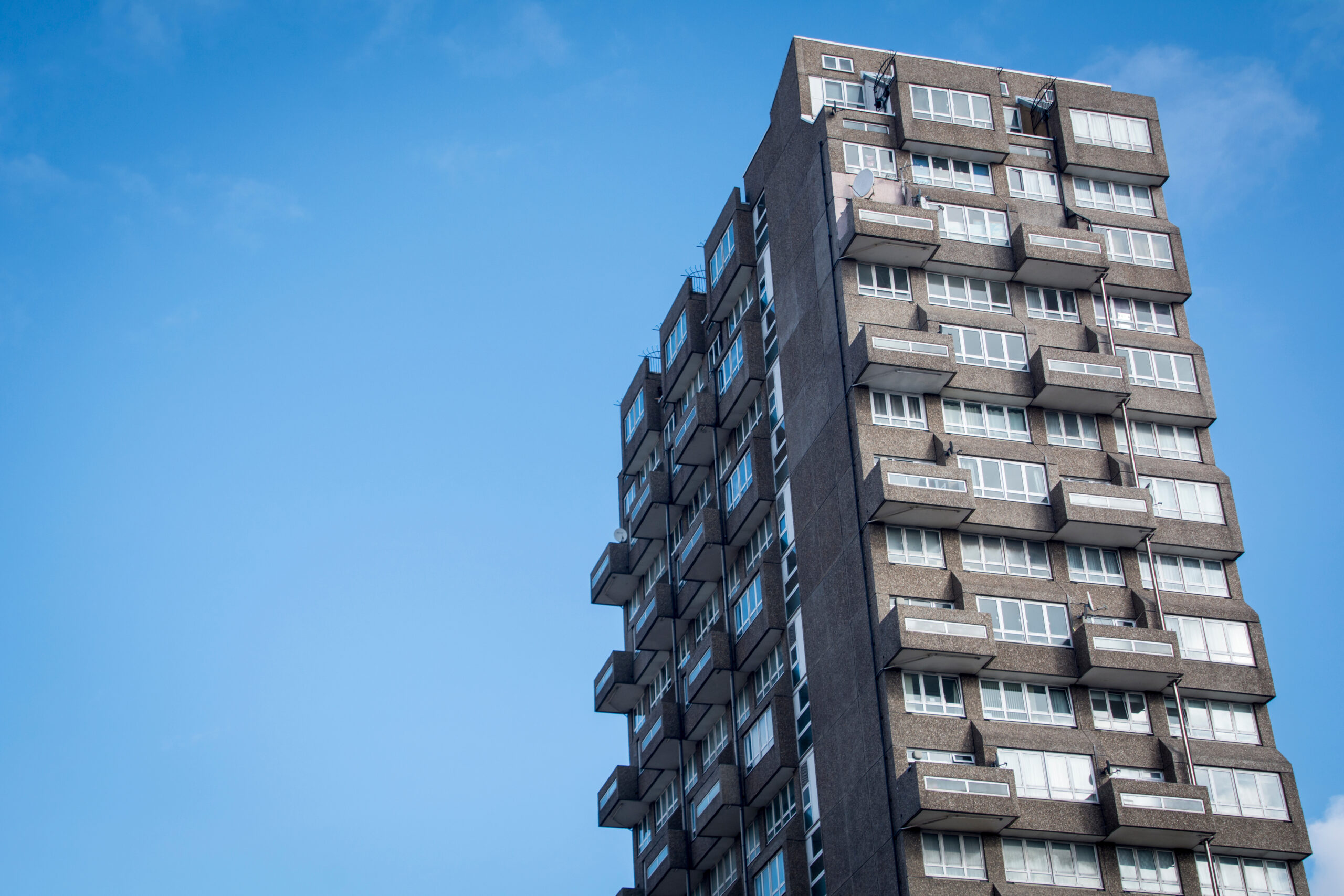What is the right to buy scheme?
The right to buy scheme helps eligible council and housing association residents in England buy their home with a discount of up to £38,000 or 70% of the total value of your home, whichever is lower. This is an option only open to certain people and there are certain criteria that must be met before candidates are considered.
If you want to check you eligibility you can do so on the Right to Buy website. The general things the council look for when considering applicants are whether:
- it’s your own or main home
- it’s self contained
- you’re a secure tenant
- you’ve had a public sector landlord (for example, a council, housing association or NHS trust) for 3 years – it does not have to be 3 years in a row.
What changes have the Labour government made to Right to Buy?
Since the Housing Act 1980, when Prime Minister Margaret Thatcher gave council tenants the legal right to buy their council homes, the UK’s social housing stock has dwindled significantly. It is estimated that 4.3 million homes have been lost since right to buy was introduced, despite the UK popular increasing by more than 13 million in that time. This loss of council housing stock is credited by many as only further contributing towards the current UK housing crisis.
With this in mind, the Labour government has introduced a number of measures designed to preserve the UK’s social housing stock.
Some of these changes include:
- Increasing the amount of time someone must have been a public sector tenant to qualify for right to buy from 3 years to 10 years
- Exempting newly built social homes from the scheme for 35 years
- Forcing authorities to build a home for every one they sell
- Increasing the limit on when councils can reclaim the discounts if a buyer sells the property from five years to 10 years
The discounts
The maximum discount varies across the country, with London having the lowest discount of £16,000 (other than Barking and Dagenham and Havering), and the South East with the highest discount of £38,000, other than a few exceptions.
However, if you applied to buy your home before 21st November 2024, then the maximum discount you can get is whichever of the following is lower:
- 70% of the value of your property
- £136,400 if your home is in a London borough
- £102,400 if your home is outside London
How is the right to buy scheme discount calculated?
- The type of property you’re buying – a flat or house
- The value of your home
- There you live
- How long you’ve been a tenant with a public sector landlord
If you’re buying with someone else, you count the years of whoever’s been a public sector tenant the longest.
You will usually have to repay some or all your discount if you sell your home within 5 years. However, you might get a smaller discount if you’ve used Right to Buy in the past.
Obviously there are massive positives to this scheme and it can be a great shortcut to getting your feet firmly on the property ladder without worrying about the financial issues quite as much as not being involved in the scheme.
Some pros of the right to buy scheme
- It allows people who would normally never be able to afford to buy property to do so
- Owning property gives people increased financial security
- It gives people something to show after years of paying rent
- Having a mixture of owner occupiers and rented accommodation helps create a mixed communities
- The presence of economically active households reduces the social exclusion of an area
- If you own your own property you are more likely to look after it and value the community it is situated in.
The cons of the right to buy scheme:
- Stigma – properties bought on the scheme are likely to be in tower blocks or estates which means the appearance of them will negatively affect the financial inflation of the property
- Some mortgage lenders aren’t keen on ex-local authority property, especially high-rise tower blocks. So you’ll have less choice of mortgage products than if you bought another type of property.
- The local authority is likely to be the freeholder. This means it will have responsibility for the upkeep of the communal parts of the building. Flat owners (or leaseholders) will pay a service charge for this and also for “major works” which take place every few years.
- In an estate where some flats are still owned by the council and some by private owners, some local authority freeholders will hike the service charges to subsidise the council flats. Be warned – these bills can cripple you.
- This issue of extra bills and being a leaseholder is the focus of a recent case, where a man who purchased his home through the right to buy scheme now faces a titanic bill of £146,257 after Southwark council notified of mass refurbishments to the tower block where his flat lies.
What does Lisa’s Law think of the right to buy scheme?
Right to buy can be hugely advantageous for those living in social housing to get on the housing ladder. However, as a tenant of a council property, one should also consider whether:
- The building is in a good condition
- How frequently has the council carried out repair work in the past
- The material used i.e. is there cladding (cladding can hardly pass the insurance requirements nowadays and whether all the materials meet the current legal requirements
- In the process of purchase whether the council has confirmed that they have the intention to serve Section 20 notice in the near future
- However, there is always a risk with purchasing a leasehold property. It can never be entirely risk free. For example, even the council can confirm they have no intention to serve a Section 20 notice yet there is always the possibility that they change their mind overnight.
If the leaseholder does indeed receive a repair demand which is extortionate, the leaseholders can work together to request for a review. With no success, they can apply to the leasehold valuation tribunal if there is dispute.
Thinking of buying a property? Here are some things to be aware of
A healthy credit score
A high credit score will allow you access to the best mortgage deals. If you have a poor credit score the majority of lenders will see you as an unreliable investment and will refuse to do business with you. After all, they are looking out for themselves at the end of the day! There are a few agencies that you can use to check your credit score such as Experian, TransUnion, and Equifax. It is also better to have been using a credit card responsibly for at least 2 years before applying for a mortgage.
Know what you can afford
Having a good idea of where you stand financially is key when trying to get on the property ladder. Having a definite budget will narrow down the types of areas you look into and will help you figure out how much money you should be putting away for your deposit in the lead up to purchasing your property. The bigger deposit you have the better rates you will receive on your monthly mortgage payments.
Deposits
Generally speaking you will have to save up at least 5% of the house price for a deposit. If you can, try saving an even larger amount such as 15 to 25%. Depending on your credit history, the mortgage type, this will greatly improve your initial standing with mortgage lenders and will provide you with even more financial security.
Have questions? Get in touch today!
Call us on 020 7928 0276, phone calls are operating as usual and we will be taking calls from 9:30am to 6:00pm.
Email us on info@lisaslaw.co.uk.
Or, use the contact form on our website. Simply enter your details and leave a message, we will get right back to you: https://lisaslaw.co.uk/contact/
For more updates, follow us on our social media platforms! You can find them all on our Linktree right here.






